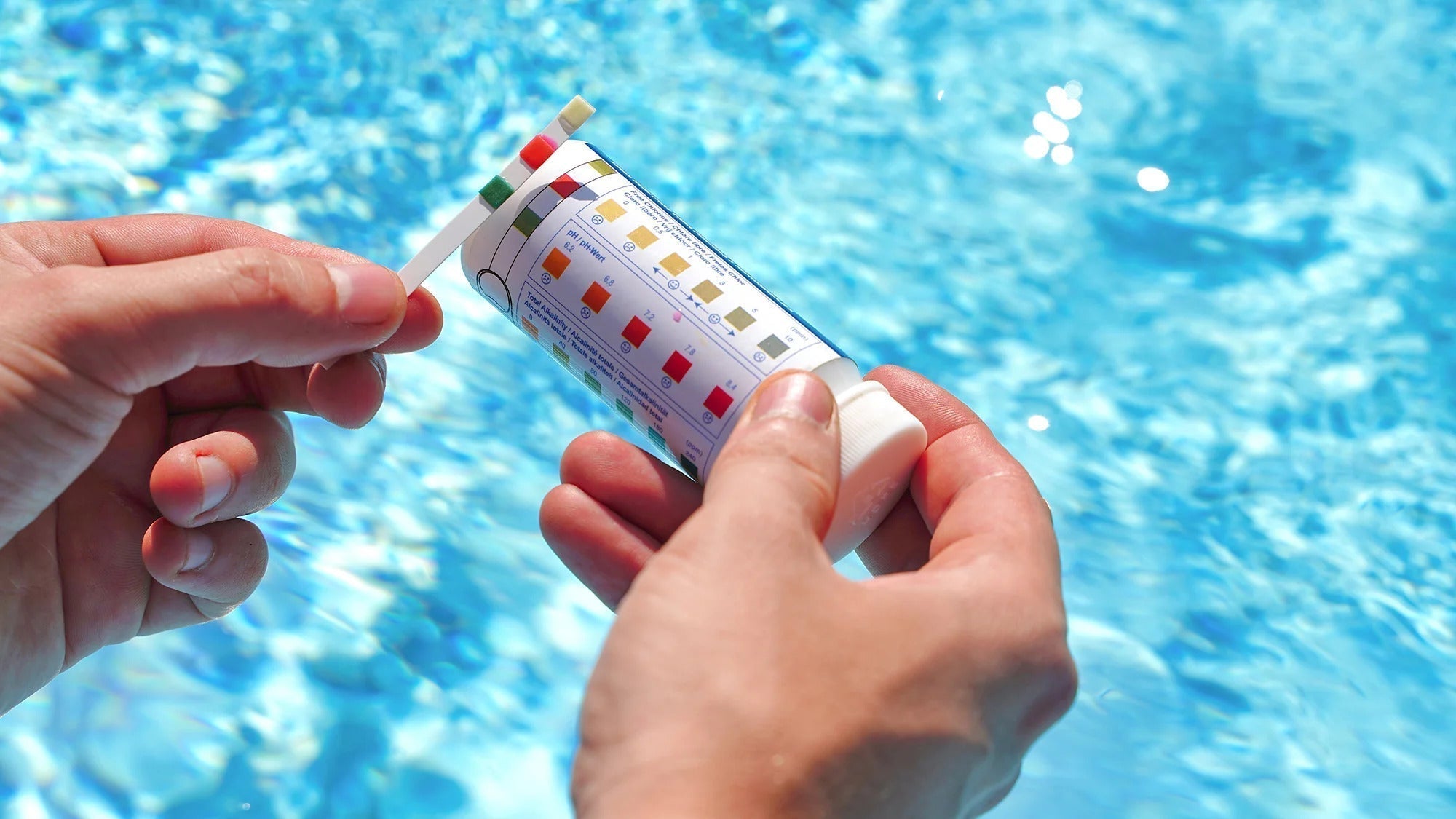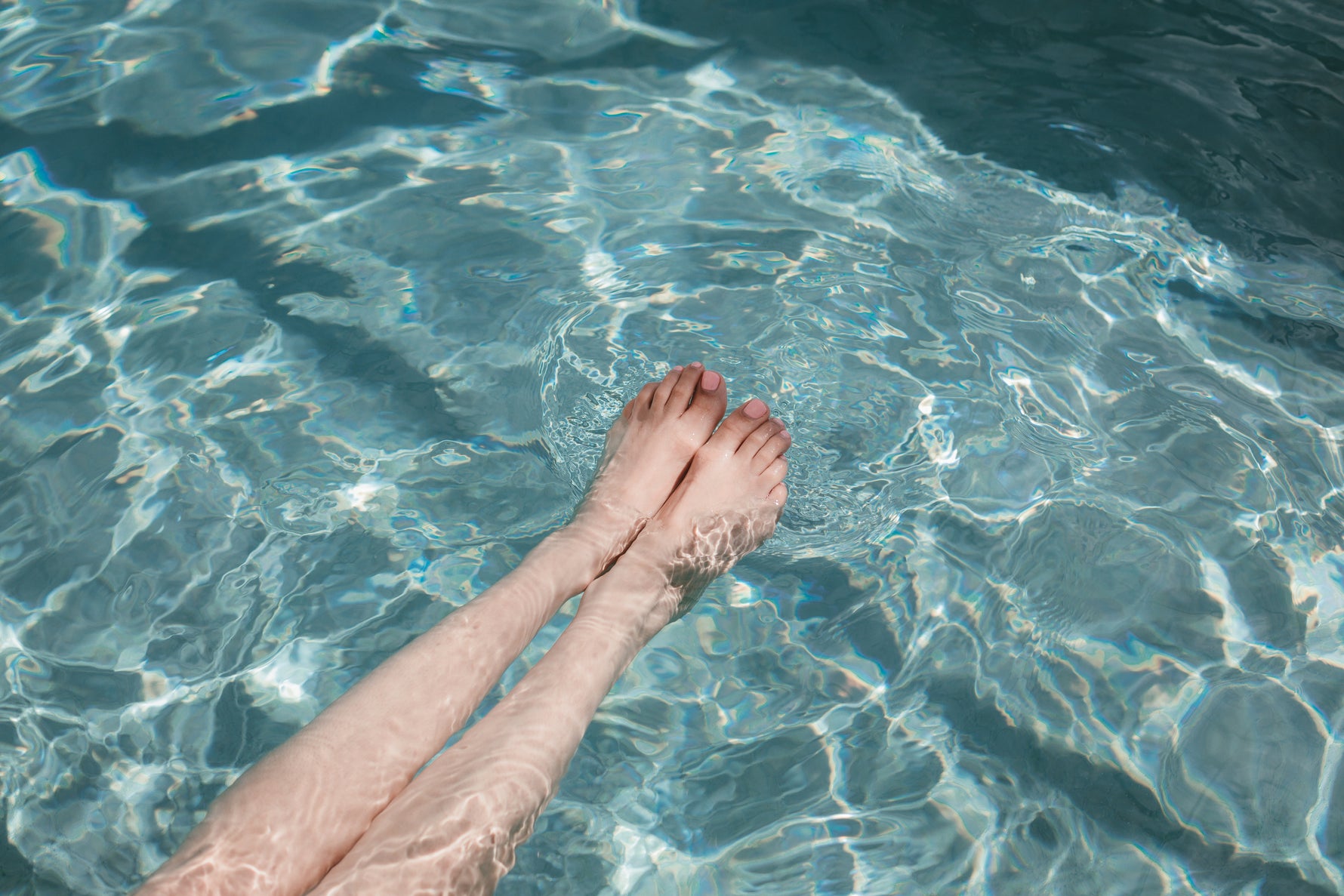
How to Lower Alkalinity in a Hot Tub
A hot tub is nice for relaxing when you’ve had a long day, but maintaining the right balance of chemicals can be challenging. One of the most common problems that hot tub owners face is high alkalinity levels. Fortunately, learning how to lower alkalinity in a hot tub isn’t hard once you know what to look for and which method to use.
Understanding Alkalinity in a Hot Tub
Before you can figure out how to lower alkalinity in a hot tub, it helps to know what alkalinity actually means. Total alkalinity refers to the water's ability to buffer or stabilize pH levels. It acts like a cushion, preventing sudden swings in pH. Ideally, your hot tub’s alkalinity should sit somewhere between 80 and 120 ppm (parts per million). When the alkalinity levels are too high, the water in the hot tub can become cloudy, the chemicals present in the water will not work effectively, and the water can become uncomfortable for use.
Effects of High Alkalinity
Too much alkalinity can cause more trouble than many people realize. Here’s what might happen if you don’t lower alkalinity in your hot tub:
-
Cloudy or murky water that just doesn’t clear up
-
Scaling in the plumbing and on the surfaces can lead to clogs and reduced water flow
-
Reduced effectiveness of chlorine or bromine, making it harder to sanitize the water
-
Skin and eye irritation, especially when the pH also gets out of balance
If any of these sound familiar, you’ll want to act quickly to lower hot tub alkalinity and bring everything back into balance.
Effects of High Alkalinity
High alkalinity can cause scaling in your hot tub's plumbing, leading to blockages. Scaling can also occur on the hot tub's surface and make it more challenging to clean. In addition, high alkalinity levels can cause skin irritation, make it tough to control the chlorine or bromine levels, and can result in unclear water. If you're experiencing these, you’ll want to act quickly to lower hot tub alkalinity and bring everything back into balance.
How to Lower Alkalinity in a Hot Tub
There’s no one-size-fits-all solution, but here are a few approaches that are commonly used to lower alkalinity in a hot tub effectively.
Adding Muriatic Acid
If your hot tub's alkalinity is sitting too high, one of the go-to fixes is using muriatic acid. It’s very strong and but it does the job if you’re careful.
Usually about 1.5 cups of muriatic acid for every 500 gallons of water will bring the alkalinity down by around 10 ppm. But don’t just wing it. Different brands might have different strengths, so make sure you read the label before you do anything.
Safety comes first. Put on gloves and don’t skip the eye protection. Muriatic acid isn’t something you want splashing around. Fill a bucket with water and then slowly add the acid to it. It’s important to do it in that order. Once it’s mixed, pour it gently around the edges of your hot tub with the jets running, which helps it mix in properly. Then walk away. Let the water circulate for 4 to 6 hours then retest alkalinity levels. If it’s still a bit high, you can repeat the process, but don’t overdo it all at once. Just take it step by step.
Using Sodium Bisulfate
If you’re not too keen on handling harsh chemicals like muriatic acid, sodium bisulfate might be more up your alley. It does pretty much the same thing, lowers both alkalinity and pH, but it’s way less aggressive and generally easier to manage.
For most hot tubs, about 2.5 cups of sodium bisulfate per 500 gallons of water should lower alkalinity by around 10 ppm. That said, you really should check the label first. Brands vary, and sometimes the recommended dosage can be a little different depending on concentration.
To use sodium bisulfate, grab a clean bucket, fill it with water, and then slowly stir in the right amount of sodium bisulfate. Don’t skip the instructions on the container. They’re there for a reason. Once it’s fully dissolved, pour the mixture around the edges of the hot tub while the jets are on to help it mix in properly.
Give it a few hours to do its thing. Around 4 to 6 hours is usually enough. Then test the water again to see where your alkalinity stands. If it’s still too high, just repeat the process and make sure not to rush it. Slow and steady usually works better than trying to fix it all in one shot.
Hot Tub Water Dilution Method
This method may be the most labor-intensive way to adjust alkalinity, but it is also highly effective. You can remove the hot tub-mounted pump and inject water from your garden hose into the inlet jet portal.
For a hot tub size having 1000gallons or less, it's entirely fine to drain some or all the water from your hot tub, which will reduce your total alkalinity. Overall, this is a highly effective remedy if your hot tub has an abnormally high alkalinity reading.
Importance of Regular Testing
It's important to monitor the alkalinity levels regularly to ensure the levels stay within the recommended range. Test your hot tub's water using a pH test strip, which allows you to test for Total Alkalinity, pH, and chlorine levels in a single test. Generally, it is recommended to test your hot tub's water twice a week to ensure everything is working correctly.
Conclusion
Maintaining the right alkalinity levels in your hot tub takes patience and a little practice. However, by using the recommended products and testing the water regularly, you can keep your hot tub water looking, smelling, and feeling great. Adding some of these methods to your regular maintenance routine will make sure your hot tub is running smoothly for many years to come.
Share


